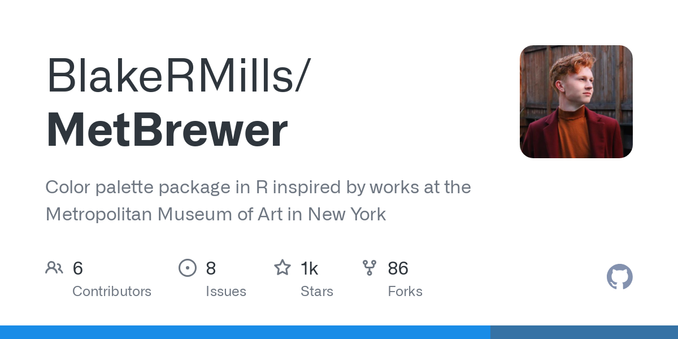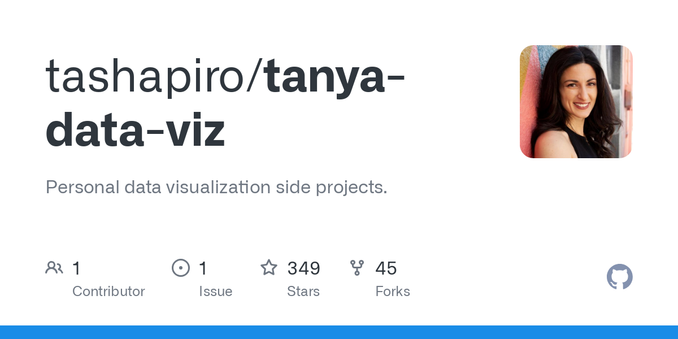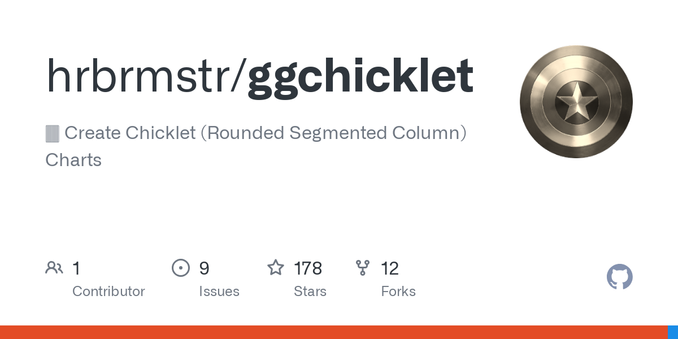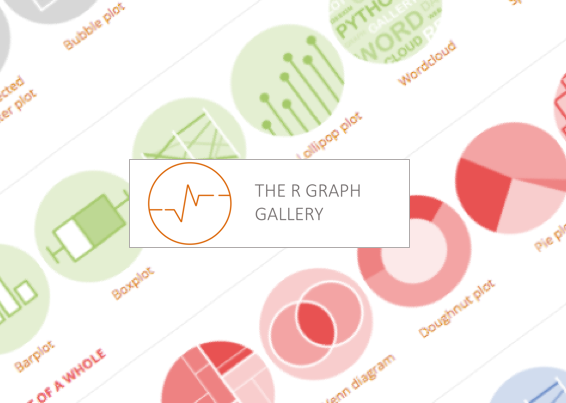If you need automatic wrapping of labels in ggplot, the {ggtext} package by @clauswilke@genart.social has you covered:
https://wilkelab.org/ggtext/articles/theme_elements.html But make sure you also check out the rest of the functionality of the package to add markdown fromated text to plots...
#ggplot #rstats #visualizationMarkdown theme elements
ggtext

GitHub - BlakeRMills/MetBrewer: Color palette package in R inspired by works at the Metropolitan Museum of Art in New York
Color palette package in R inspired by works at the Metropolitan Museum of Art in New York - BlakeRMills/MetBrewer
Let It Flow: recreating a FACS plot with ggplot – quantixed

GitHub - tashapiro/tanya-data-viz: Personal data visualization side projects.
Personal data visualization side projects. Contribute to tashapiro/tanya-data-viz development by creating an account on GitHub.
#statstab #350 Communicating causal effect heterogeneity
By @matti
Thoughts: Cool guide on properly communicating uncertainty in effects.
#bayesian #uncertainty #ggplot #r #brms #tidybayes #heterogeneity
https://vuorre.com/heterogeneity-uncertainty/
Communicating causal effect heterogeneity
If you set limits for a scale (e.g. x-axis) in ggplot, how would you like data outside of that range be handled? There is the oob parameter for that and a set of functions to use with it:
https://scales.r-lib.org/reference/oob.html #rstats #ggplot #datavizOut of bounds handling — oob
This set of functions modify data values outside a given range.
The oob_*() functions are designed to be passed as the oob argument of
ggplot2 continuous and binned scales, with oob_discard being an exception.
These functions affect out of bounds values in the following ways:
oob_censor() replaces out of bounds values with NAs. This is the
default oob argument for continuous scales.
oob_censor_any() acts like oob_censor(), but also replaces infinite
values with NAs.
oob_squish() replaces out of bounds values with the nearest limit. This
is the default oob argument for binned scales.
oob_squish_any() acts like oob_squish(), but also replaces infinite
values with the nearest limit.
oob_squish_infinite() only replaces infinite values by the nearest limit.
oob_keep() does not adjust out of bounds values. In position scales,
behaves as zooming limits without data removal.
oob_discard() removes out of bounds values from the input. Not suitable
for ggplot2 scales.

Adding social media icons to charts with {ggplot2} | Nicola Rennie
Adding social media icons to your data visualisation is a great, concise way to put your name on your work, and make it easy for people to find your profile from your work. This blog post explains how to add social media icons to {ggplot2} charts.

Change the default colour palette in ggplot
I have written a function that returns a vector of color names:
custom.colors <- function(n) {
palette <- c("dodgerblue1", "skyblue4", "chocolate1", "seagreen4",
"bisque3", ...
{ggchicklet}: library for rounded Segmented Column Charts:
https://github.com/hrbrmstr/ggchicklet #ggplot #rstats #dataviz @hrbrmstr

GitHub - hrbrmstr/ggchicklet: 🀫 Create Chicklet (Rounded Segmented Column) Charts
🀫 Create Chicklet (Rounded Segmented Column) Charts - hrbrmstr/ggchicklet
r-graph-gallery.com provides example code for a variety of chart types, both in base R and ggplot:
https://r-graph-gallery.com/ #rstats #ggplot #design
The R Graph Gallery – Help and inspiration for R charts
The R graph gallery displays hundreds of charts made with R, always providing the reproducible code.




